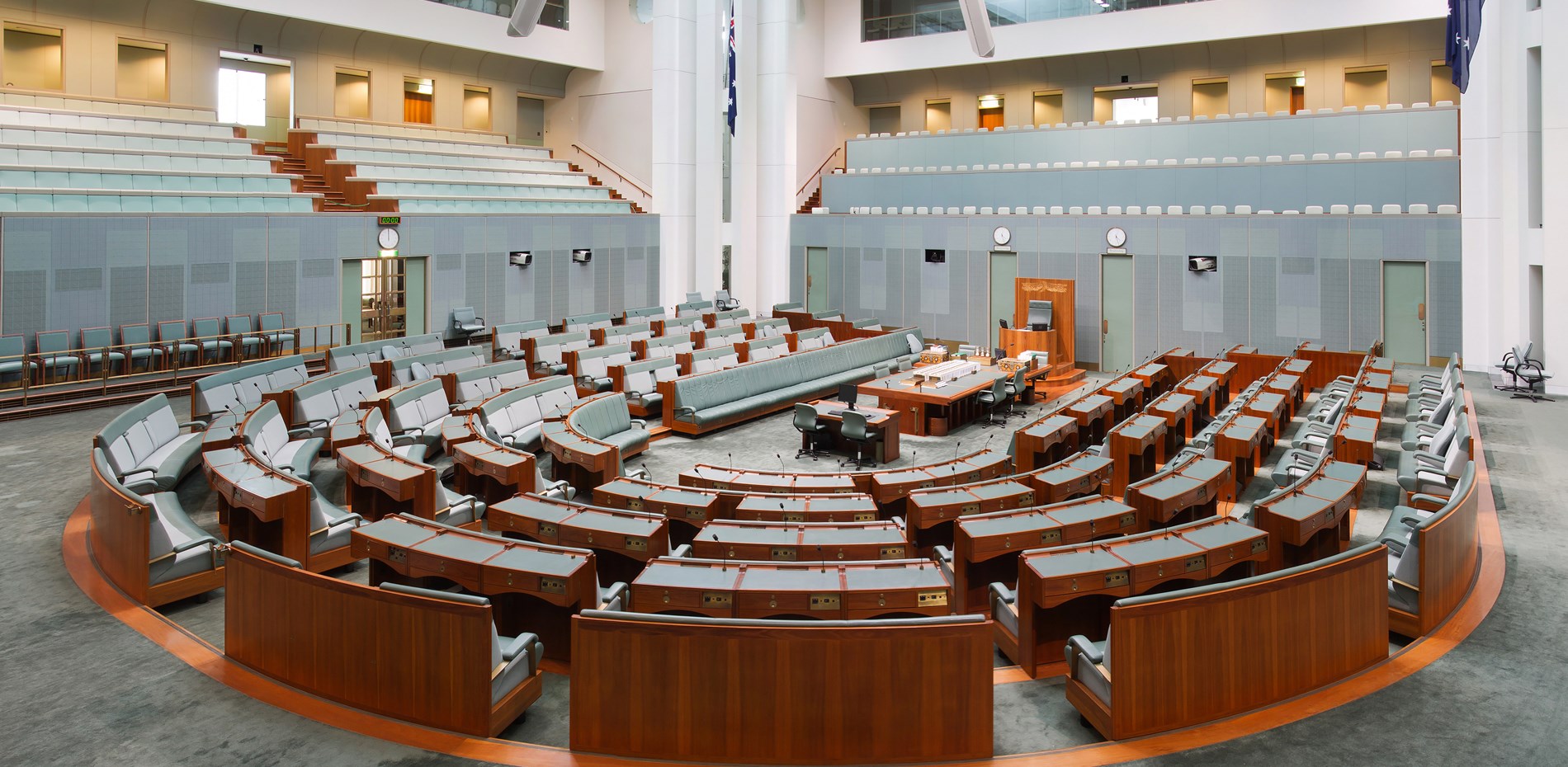I would like to thank the member for Bonner for moving this motion and also the members for Fowler and Forde for their comments, which I won't repeat, because there is so much more to say. I've sat in a room and told parents that their child has SMA and there was very little we could do for them. There was a little girl called Molly who died of pneumonia just after her second birthday. It's a common way that children with type 1 spinal muscular atrophy die. It used to be called Werdnig-Hoffmann disease, named after the neurologists who first described it over a century ago, and we gave it that name because we didn't know what caused it. Then, with medical advances, it became known that this disease was caused by the death of the nerve cells in the spinal cord and brain stem that supply skeletal muscle, and it led therefore to the loss of that muscle and eventual death, usually from respiratory failure. Then we found the genetic cause: the vast majority are due to a defect in chromosome 5 in a gene that produces a protective protein for those neurones. So those neurones die, the muscle dies and the child dies.
We found the cause, but in the 21st century we now have treatments. We have treatments that will allow these children, who all would have died with type 1, to survive and live, we hope, a normal life. Australia is a wealthy country, and we can provide those treatments, but it's very important that those treatments start very early, before damage is done—and damage starts from day one of life. We have newborn screening tests that can now pick this genetic defect up, and treatment can begin very early. The first treatment was a treatment called Spinraza. Another one is a genetic treatment called Zolgensma, and there's a third one, called Evrysdi, that has come on the market. It is an oral treatment, which makes treatment even better. This, we hope, will allow these children to live a normal life.
Paradoxically, not every child in Australia with this disorder will be picked up in the neonatal period and be offered treatment in the neonatal period. And this diagnosis often is missed. It used to be missed because of a lack of diagnosis. So it's very important that we start early treatment, yet, shamefully, in Australia we have no national newborn screening program. In New South Wales these children can get picked up virtually at birth with a newborn screening test, but in Queensland they don't get picked up until the diagnosis is made, usually when much damage has occurred. It really is disgraceful that in a country like Australia we have such a terrible screening program that differs from state to state. This should not happen, and it is a shame on both Labor and Liberal parties that we don't have a national newborn screening program that is the same in every state.
I want to pay tribute to Felicity McNeill, the CEO of Better Access Australia, who has been trying her very best to make sure that Australia gets a national, uniform newborn-screening program. It is ridiculous that we don't have one, and it's vitally important that it happens as soon as possible so that these treatments can be offered before damage occurs. It's a shame on all of us that we don't have this, and it needs to be approached on an urgent basis. I find it continually frustrating in this place that we can't get urgent action that will save lives in such a simple manner.
The other issue that is important is that we should be offering these treatments to people over the age of 18 so that they can prolong their lives with these now readily available treatments. I think it's highly discriminatory that people over 18 cannot be offered these treatments. It's an urgent matter, and this government should immediately provide treatment for all people with spinal muscular atrophy who would benefit from the newer genetic treatments available.



